RARE! Cold War 1976 “HEADQUARTERS OF THE U.S. ARMY” Washington D.C. “The Threat - Organization, Tactics, and Equipment” Manual
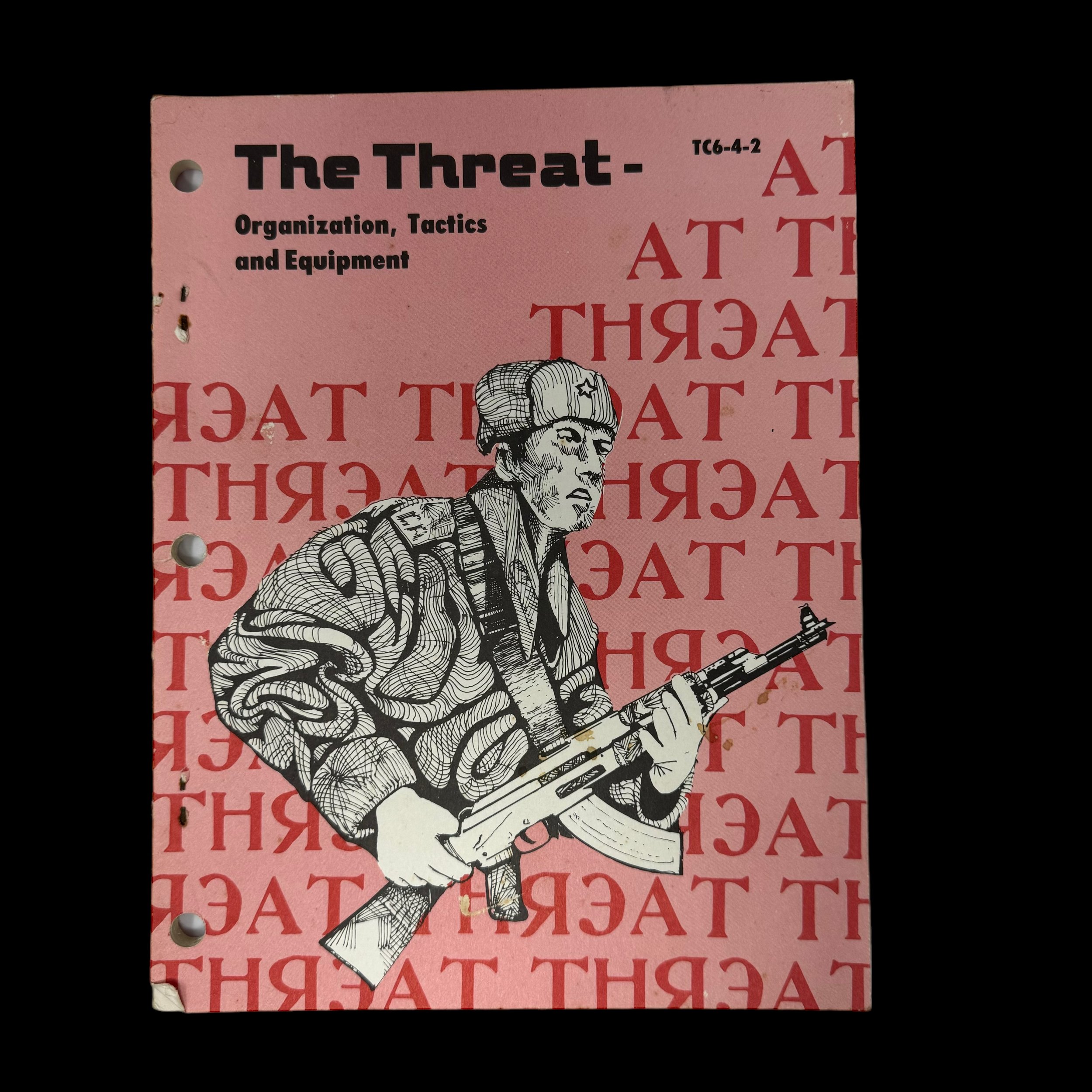
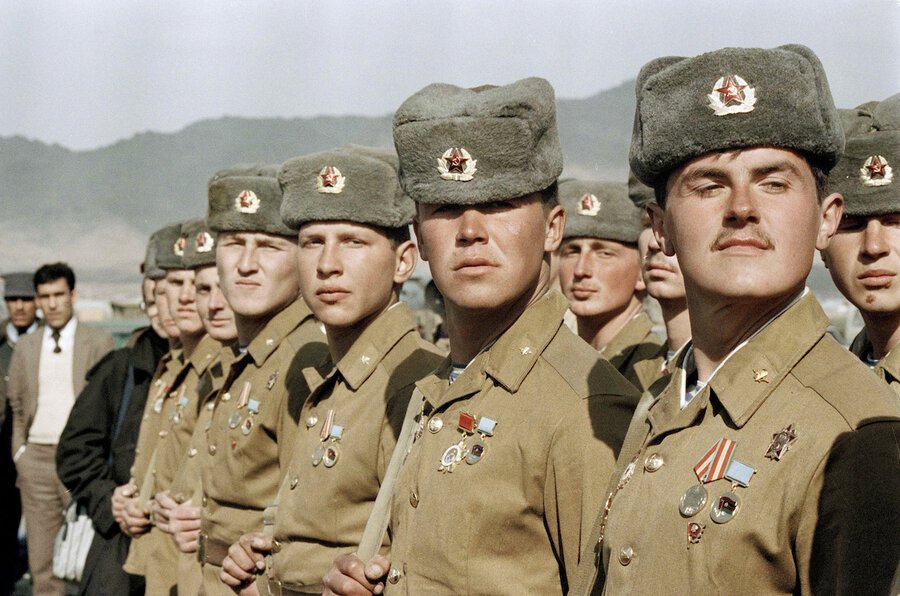
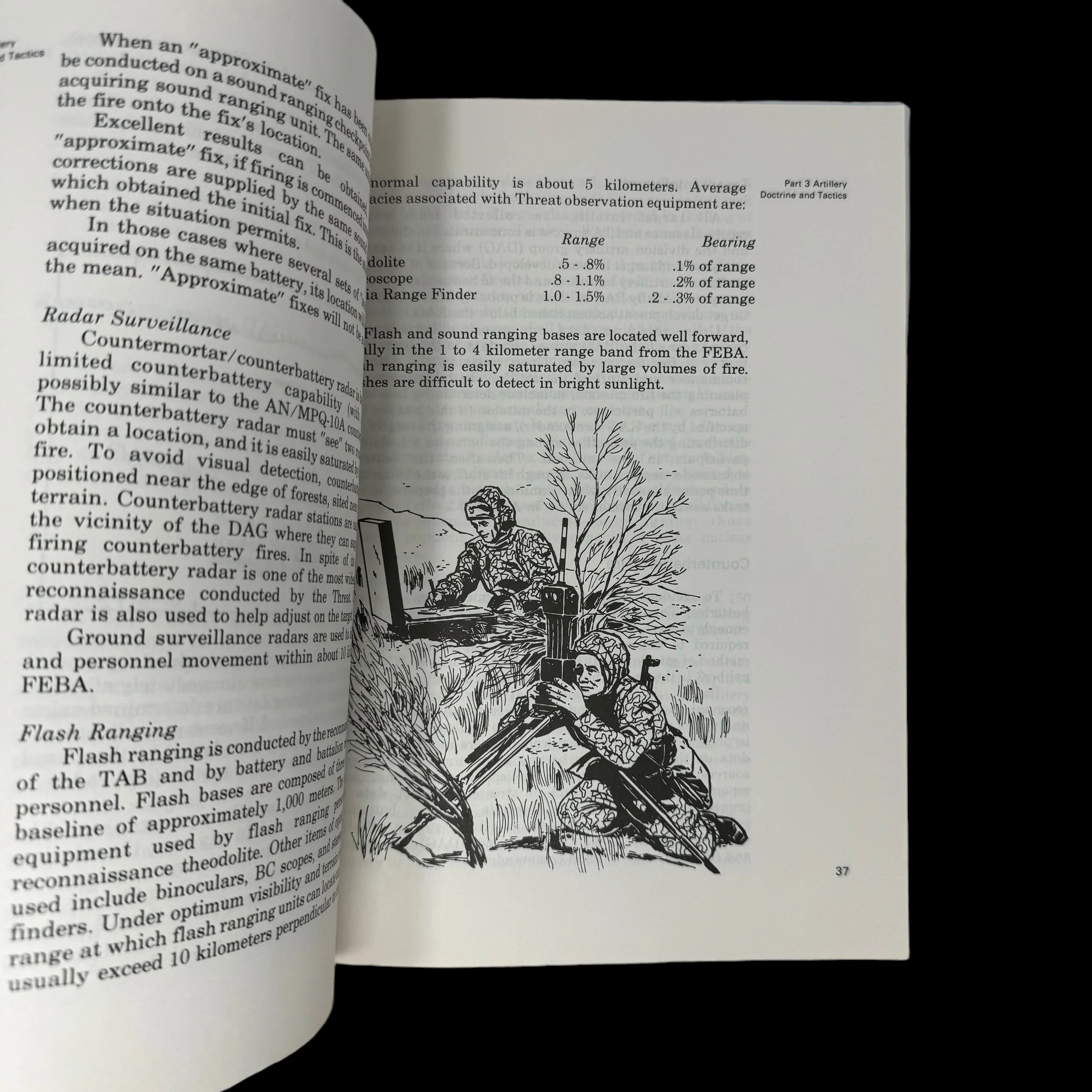
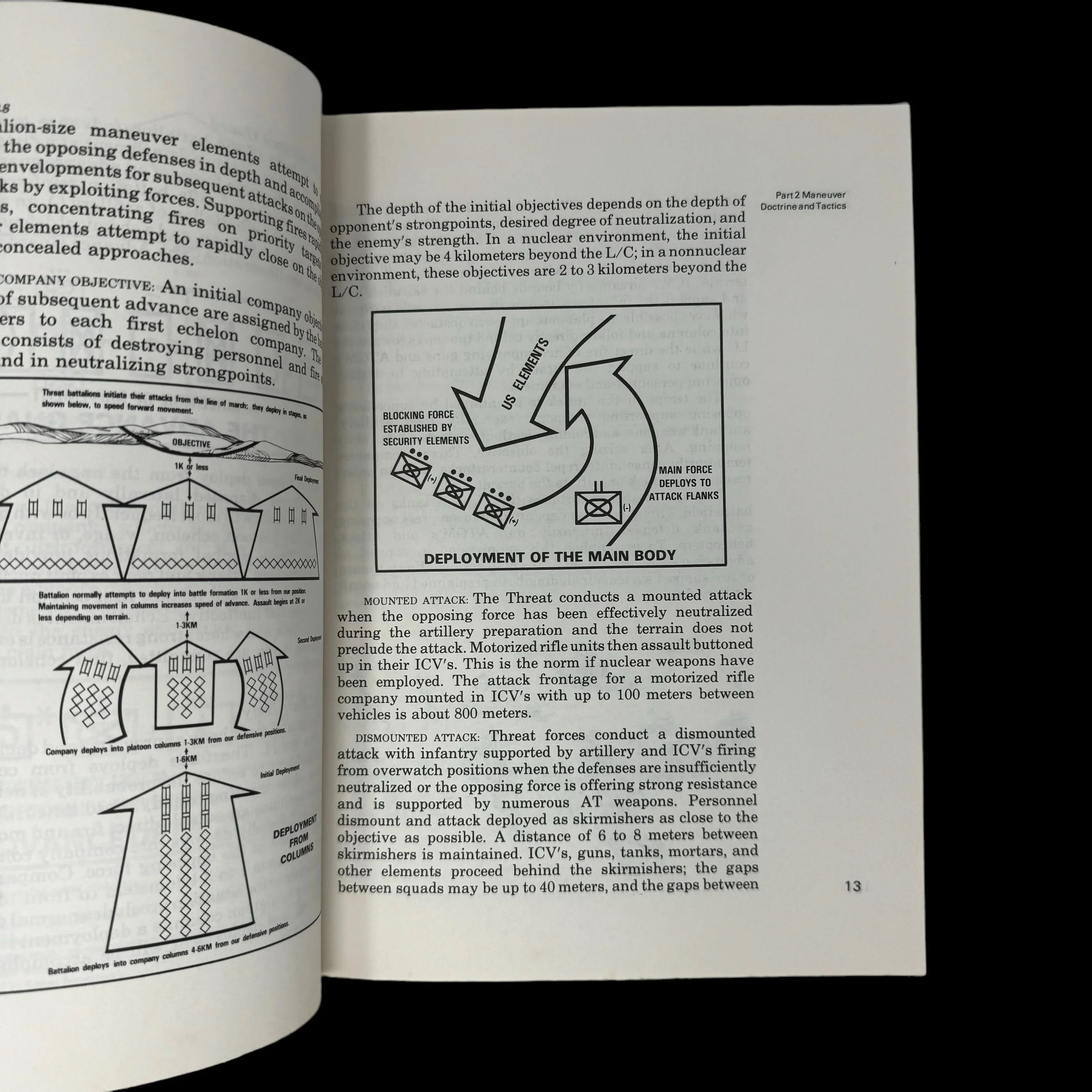



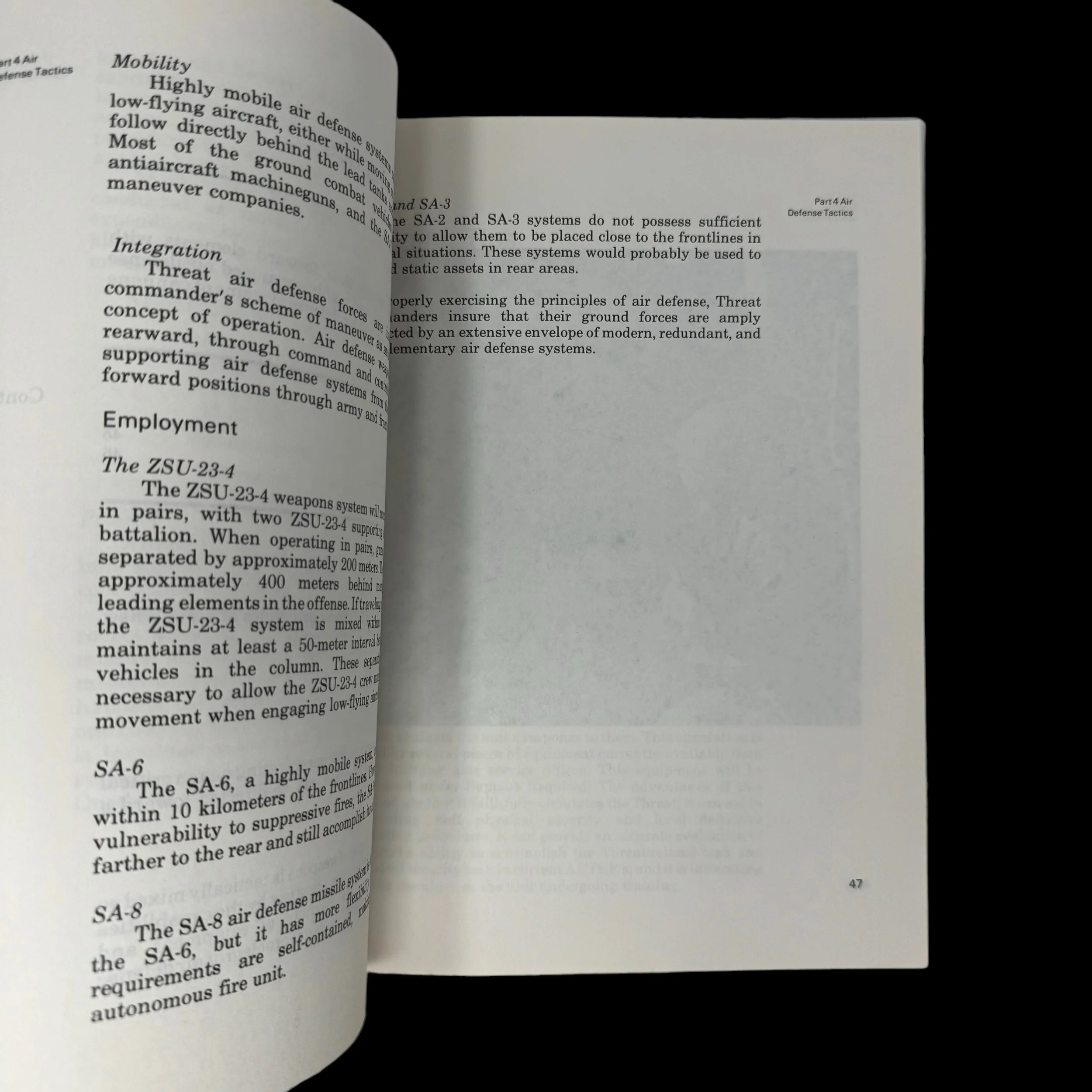
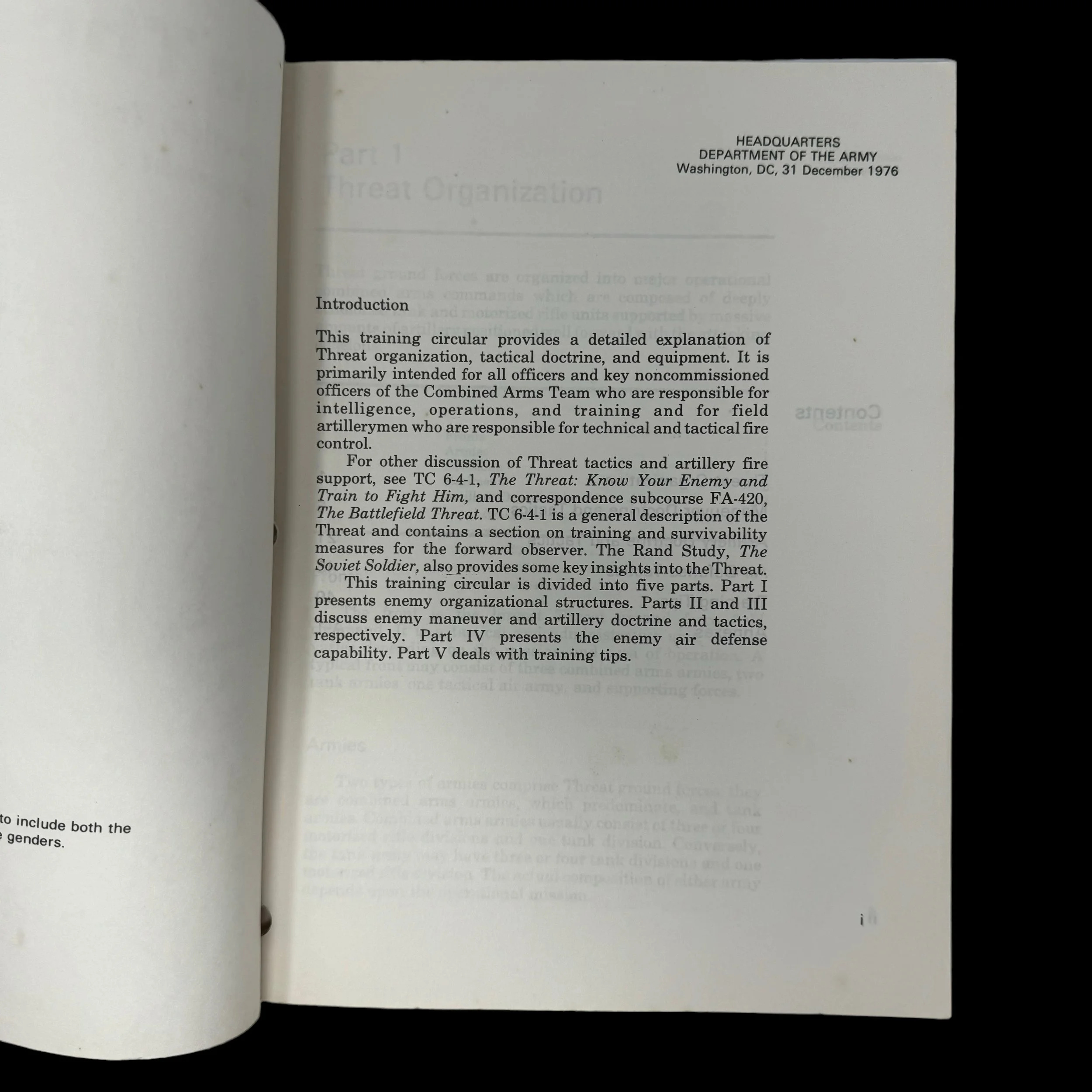
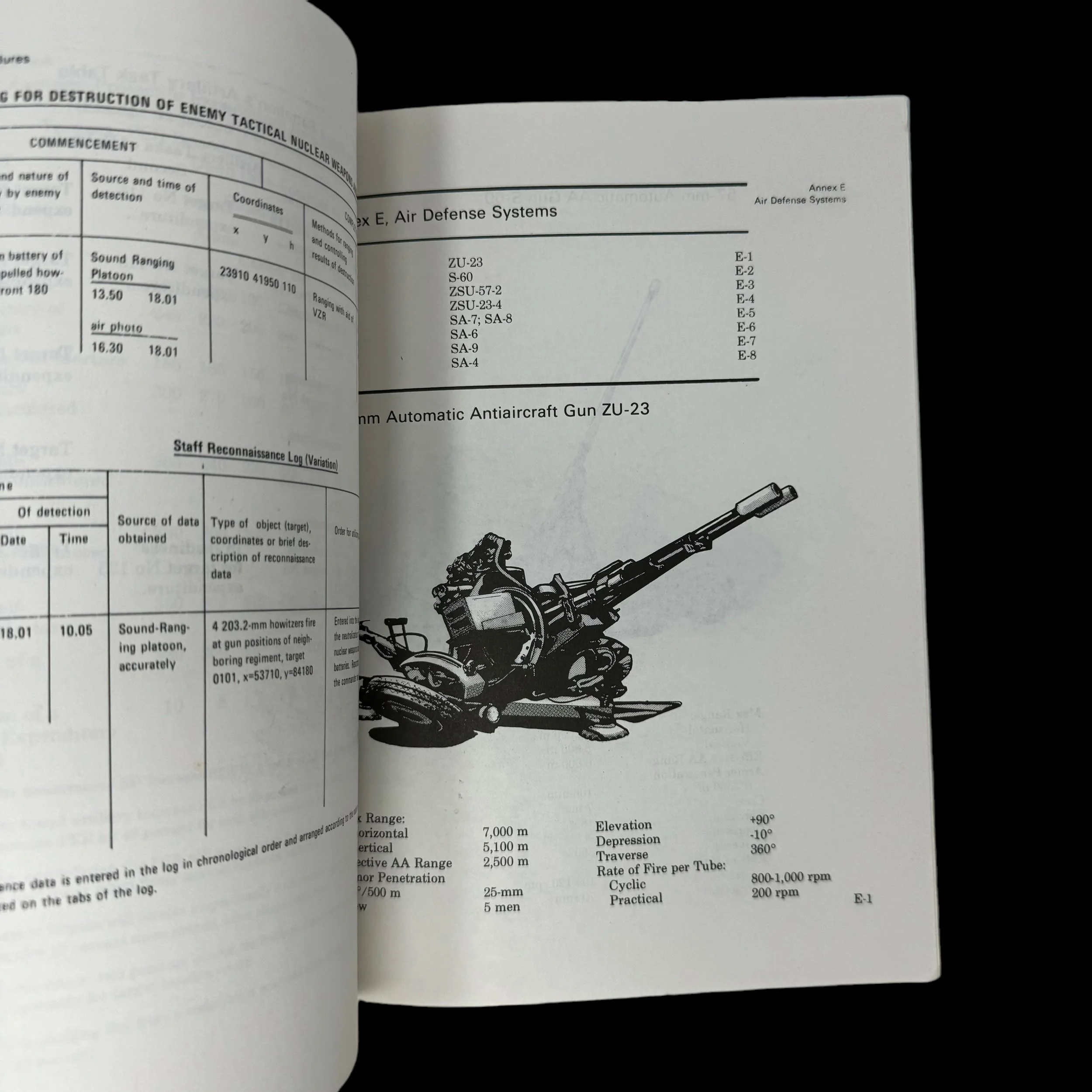
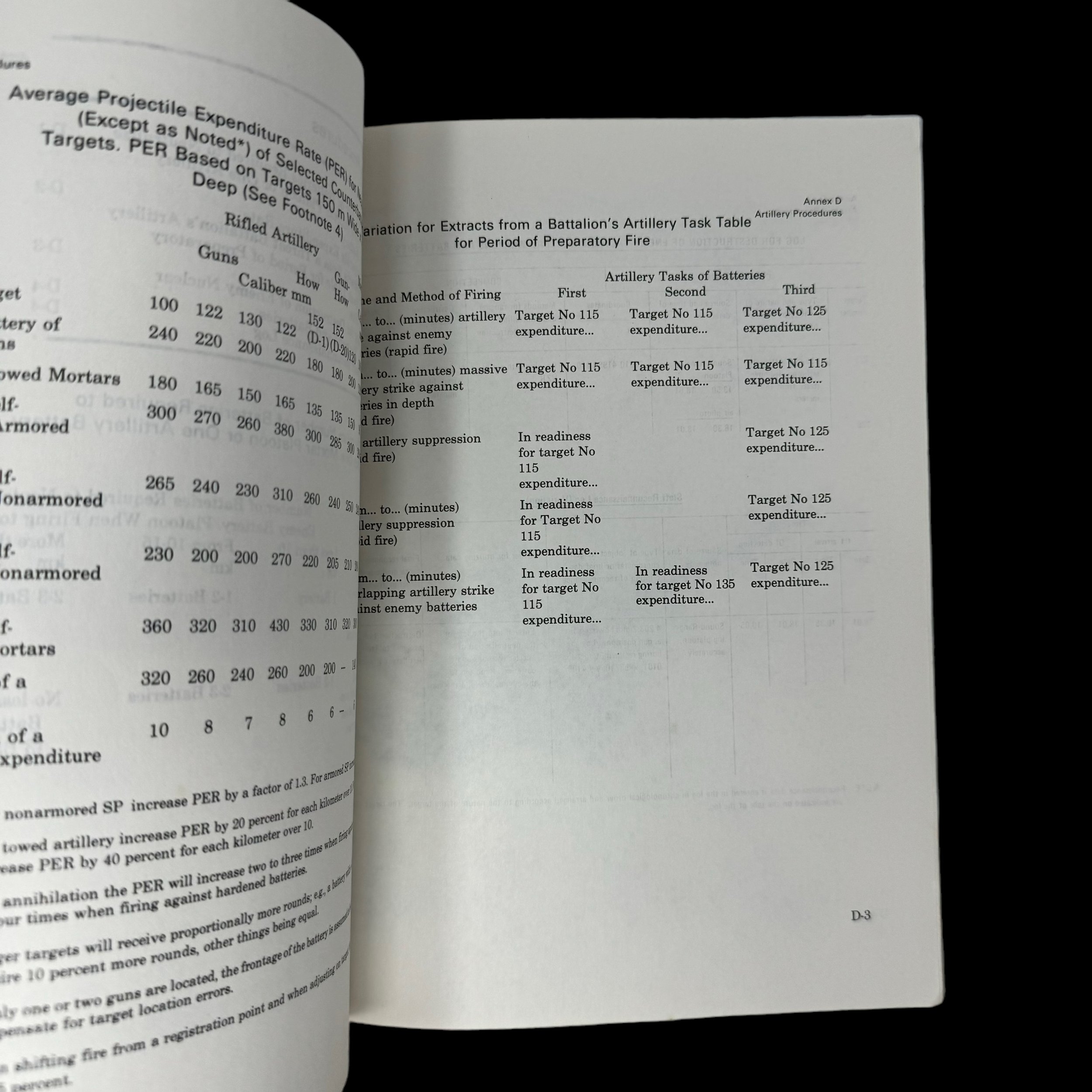

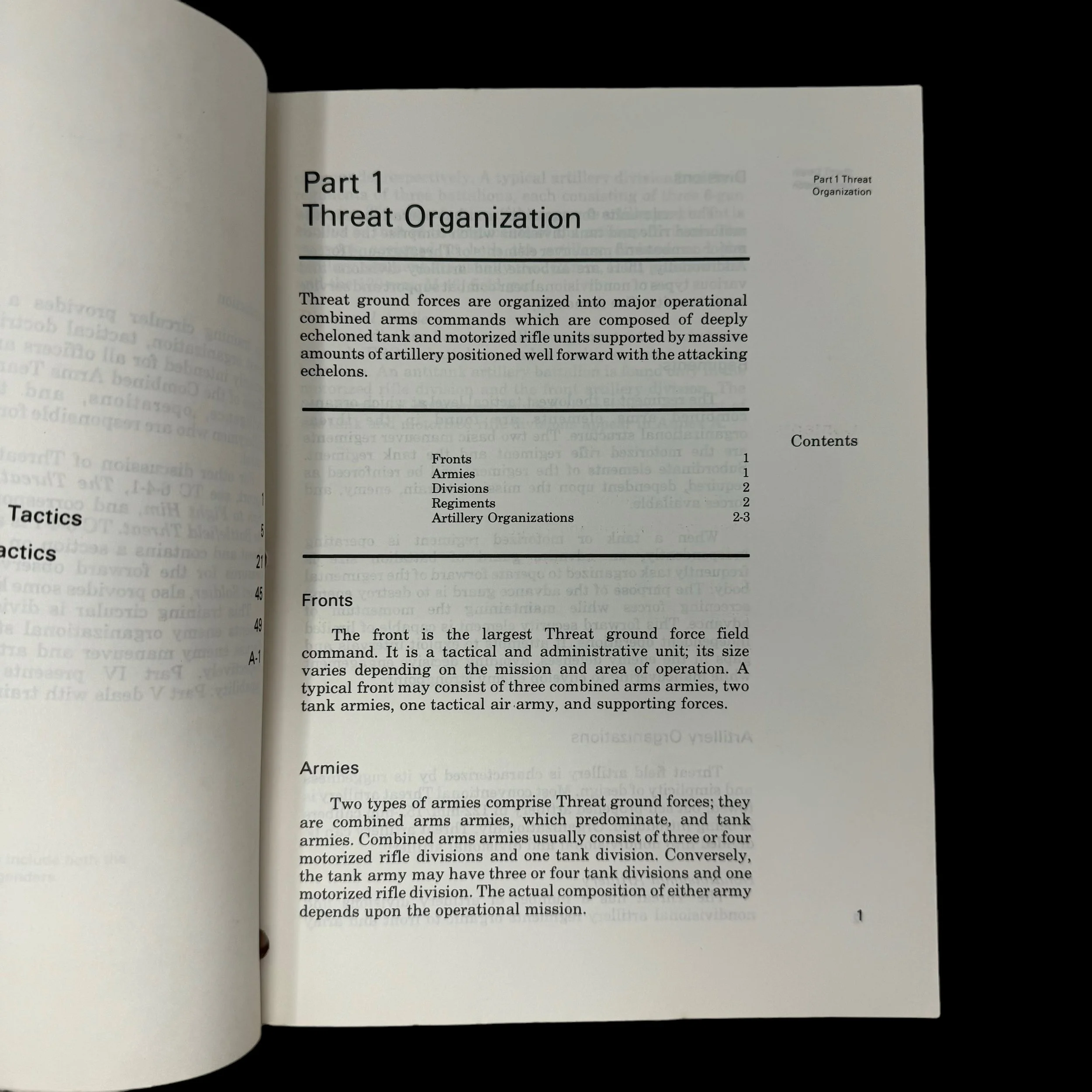
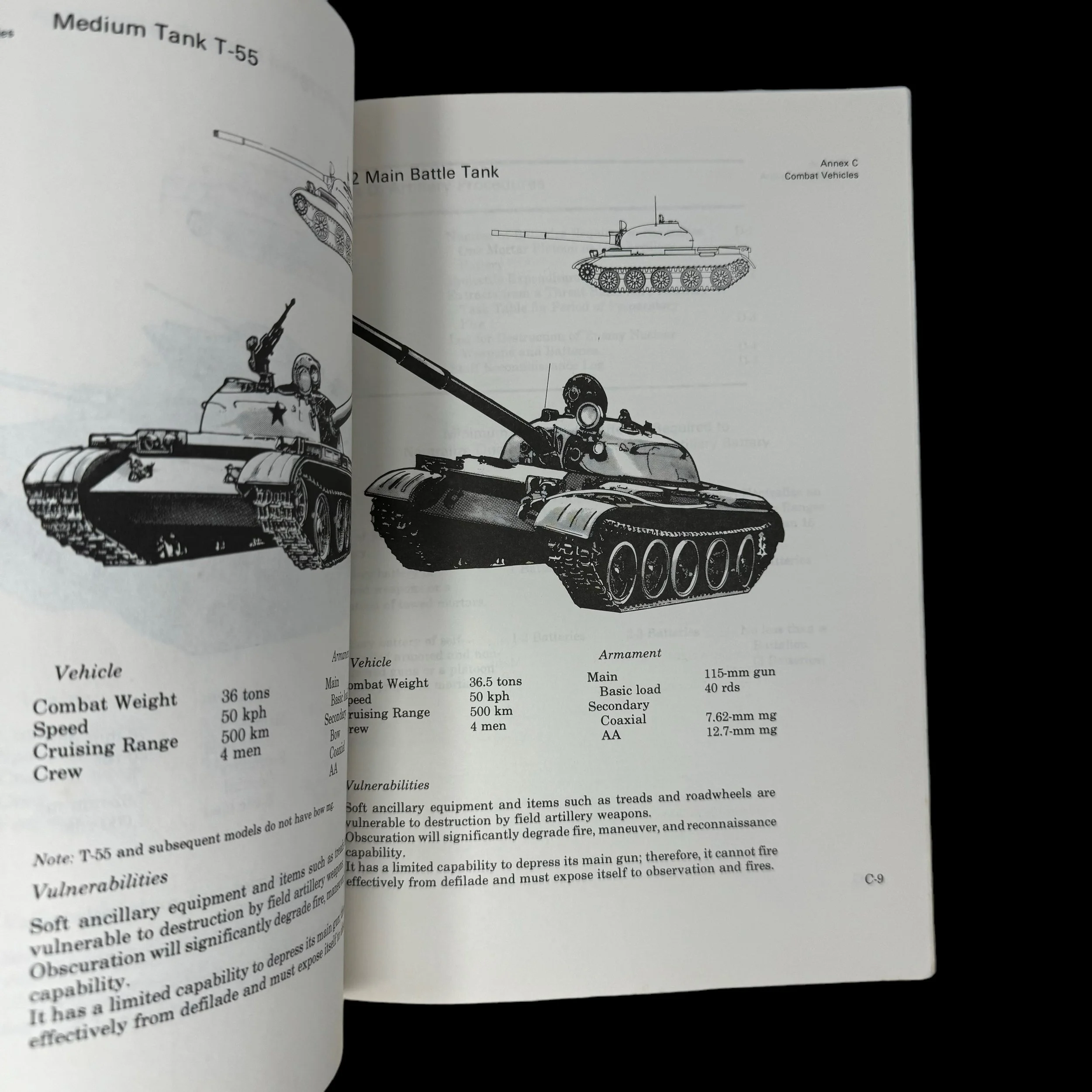
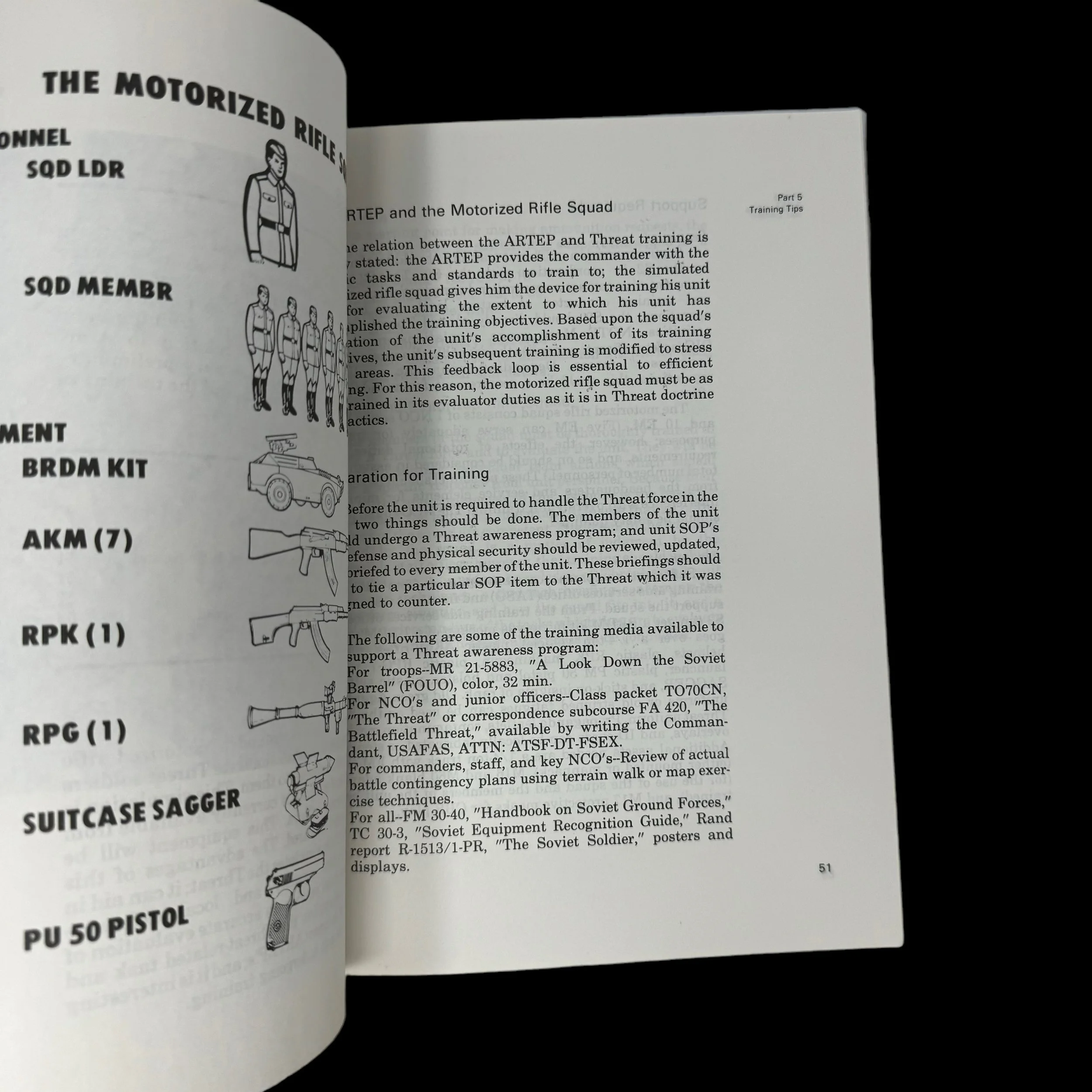
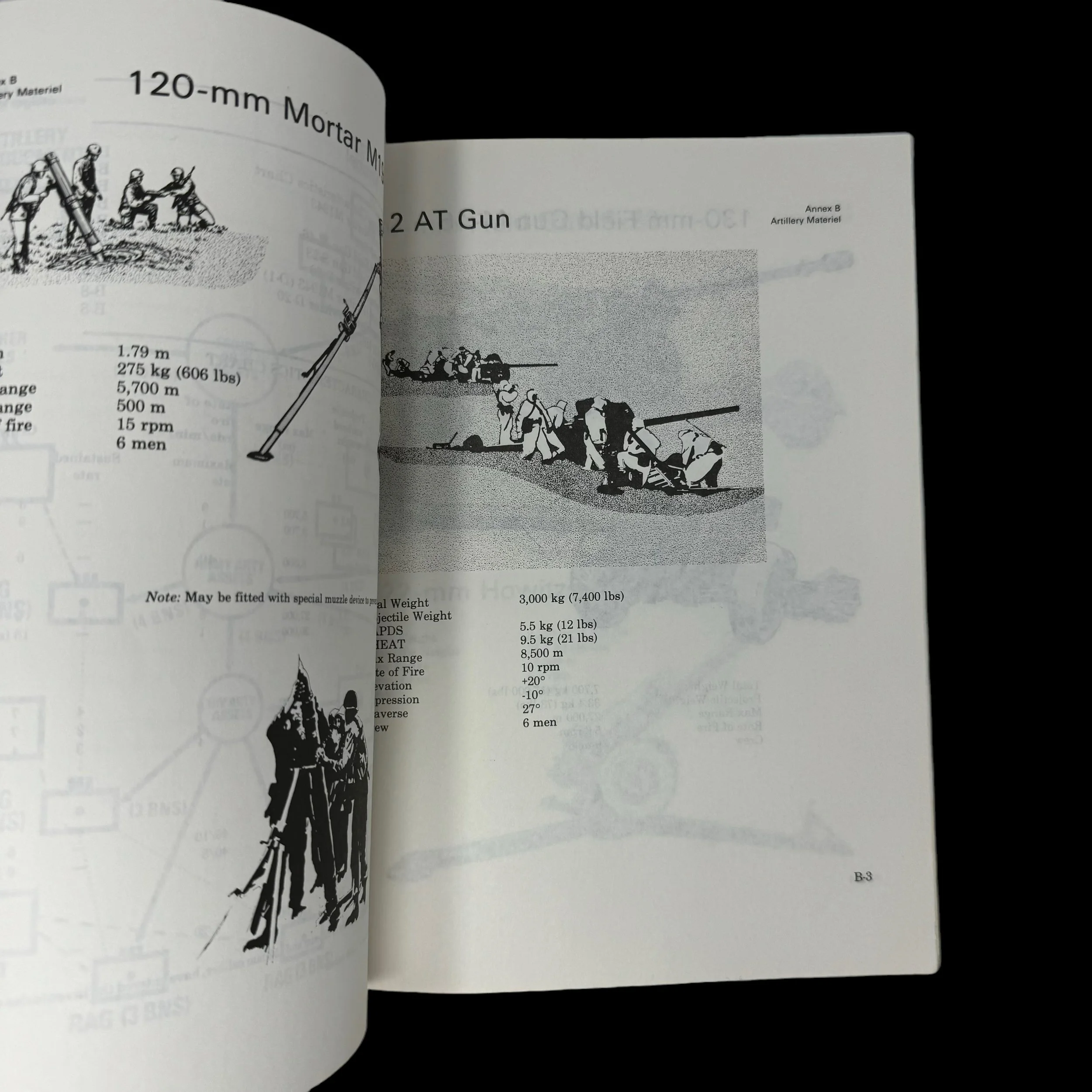

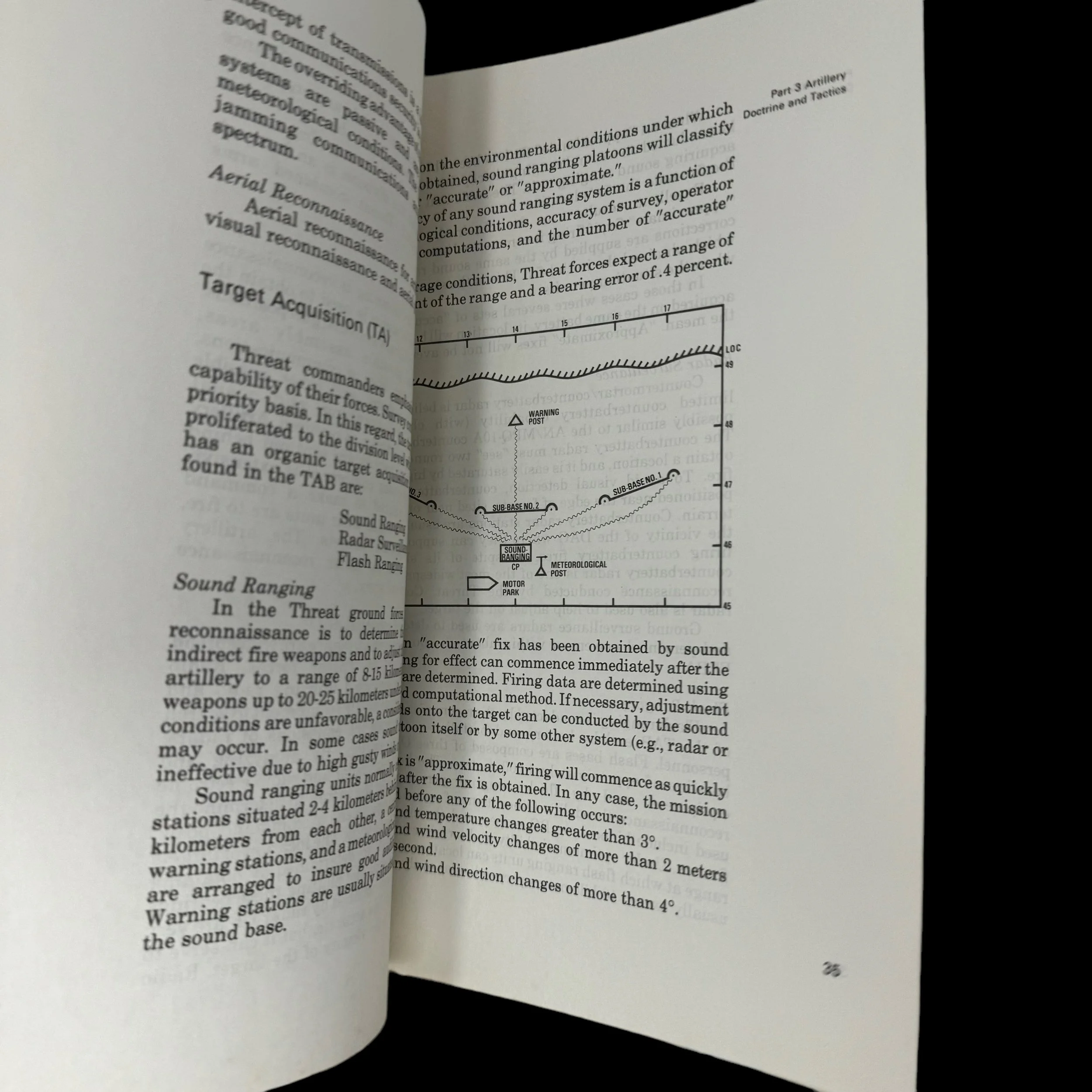
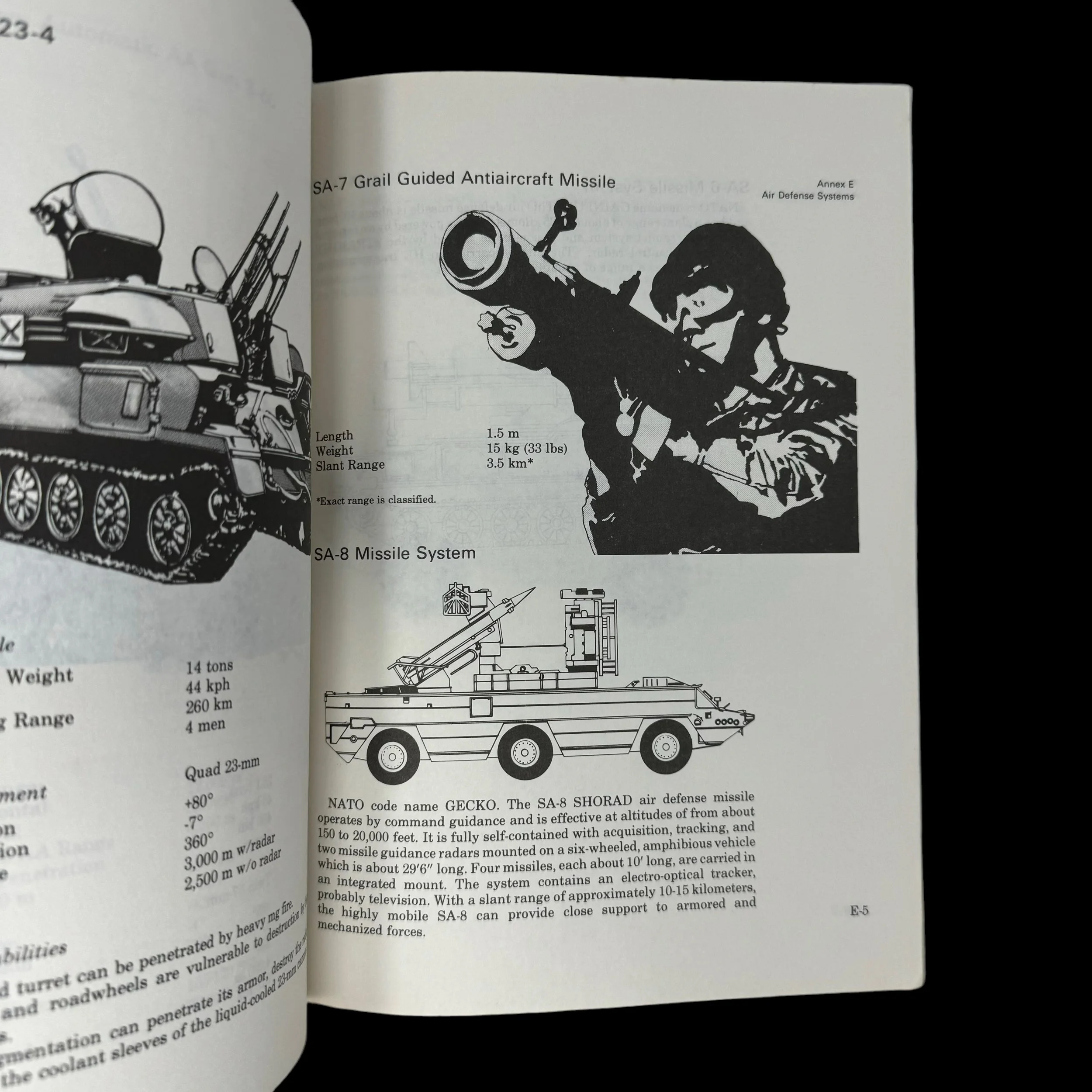
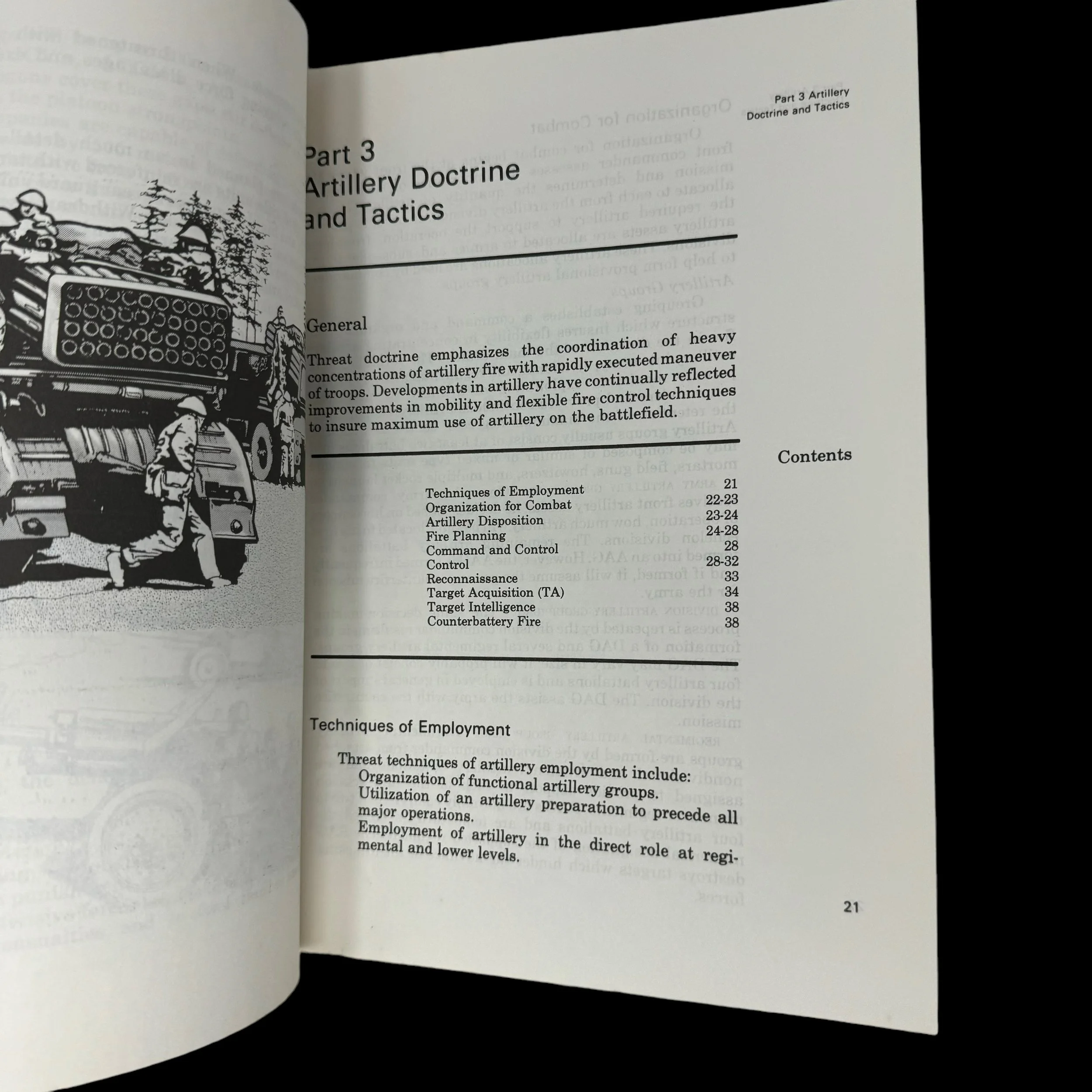

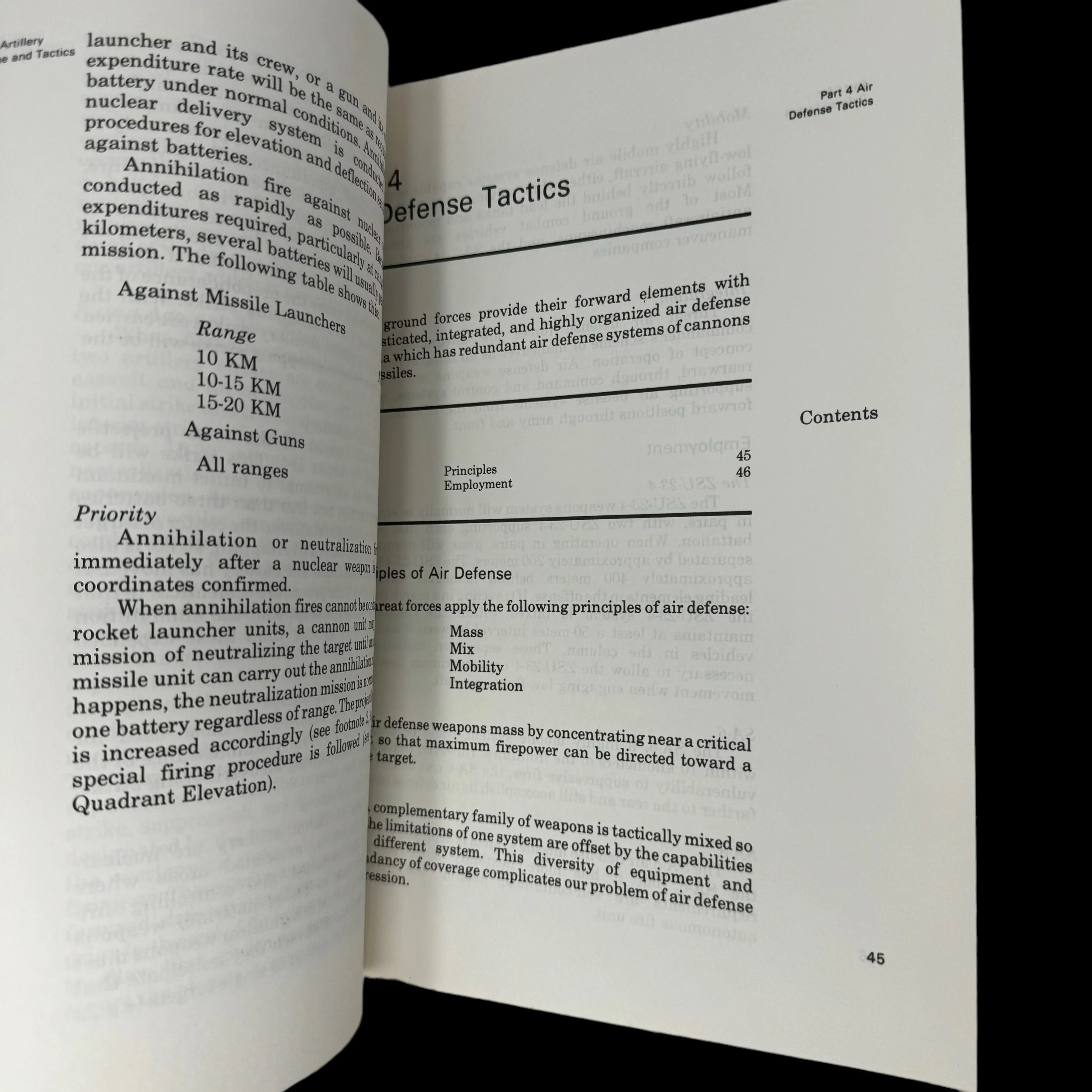

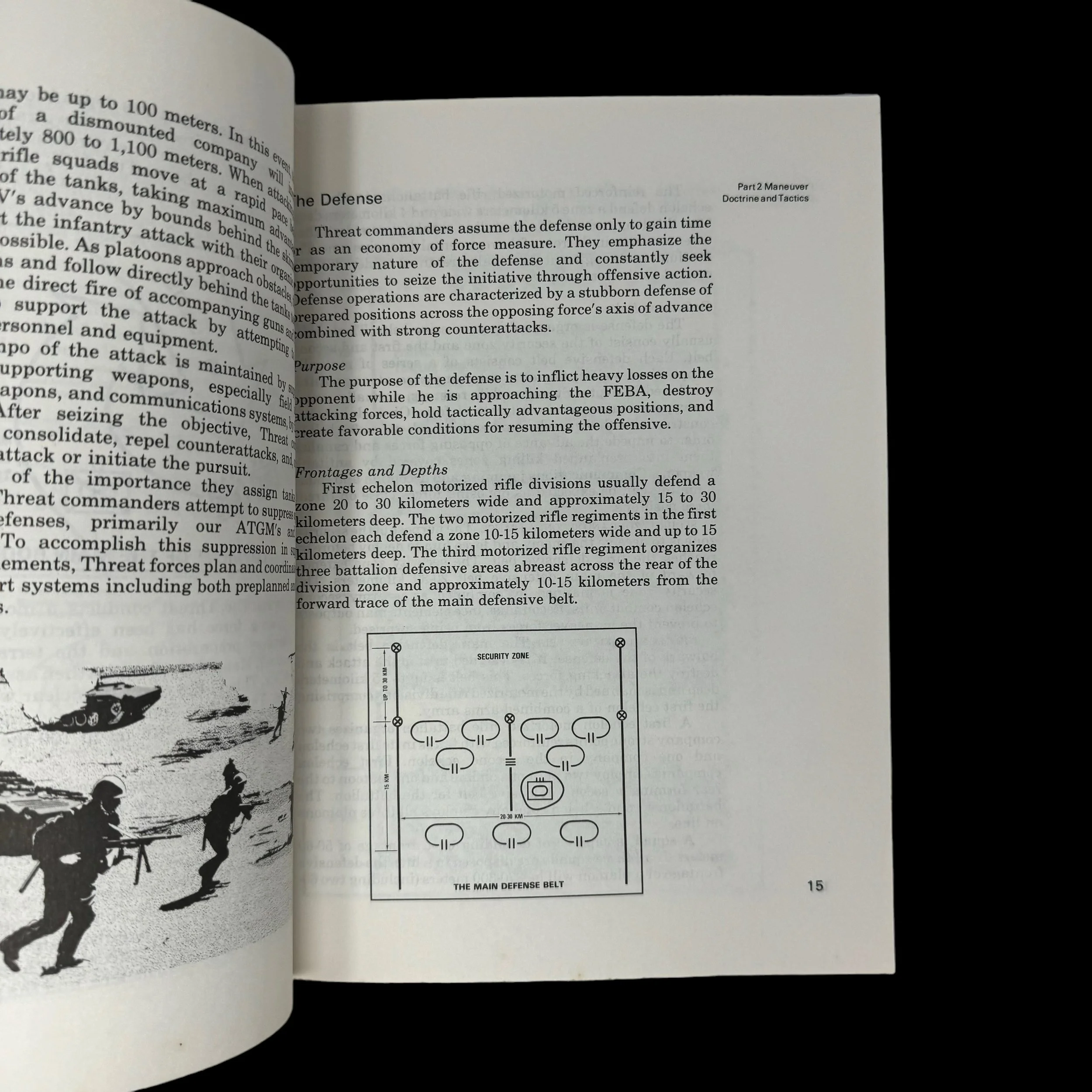
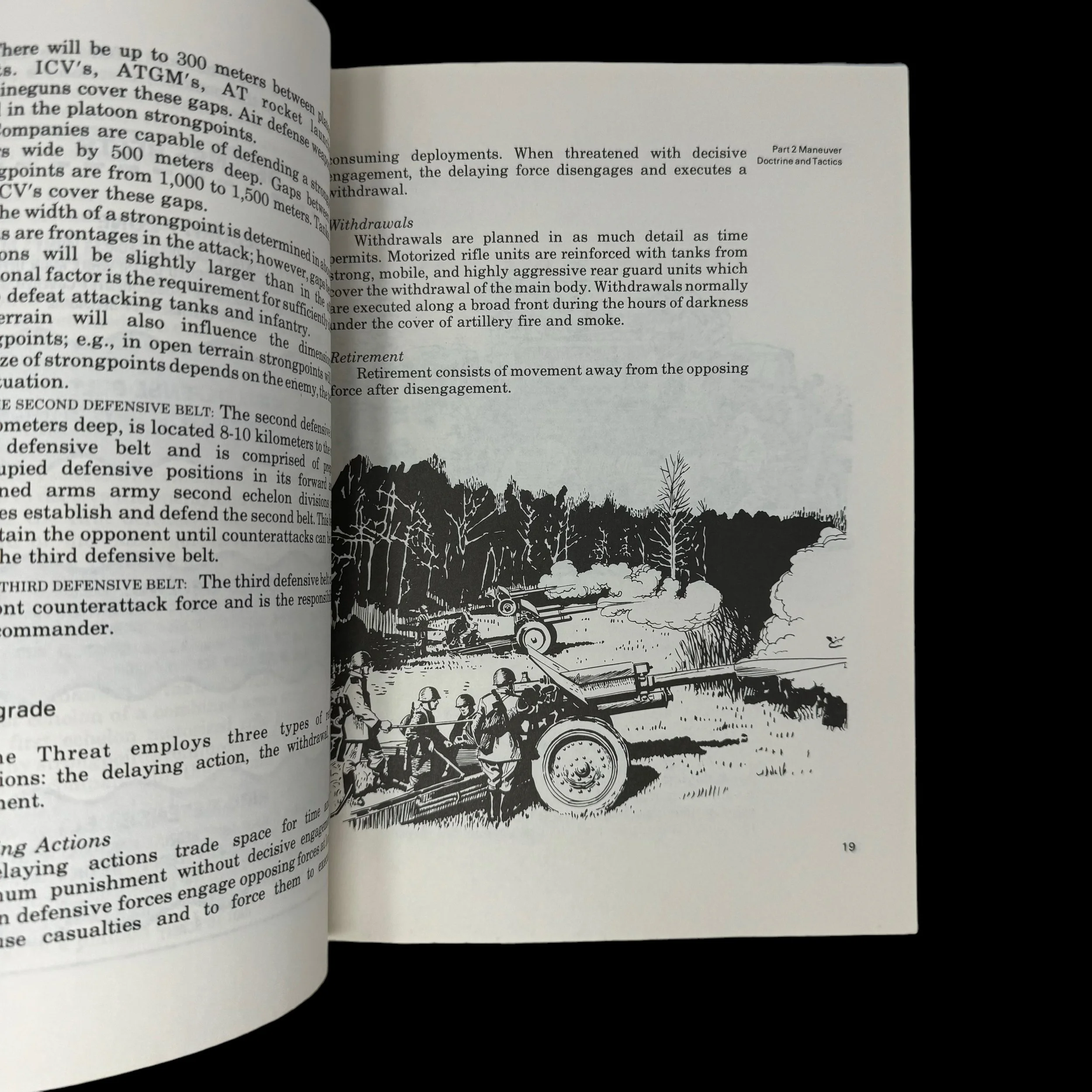
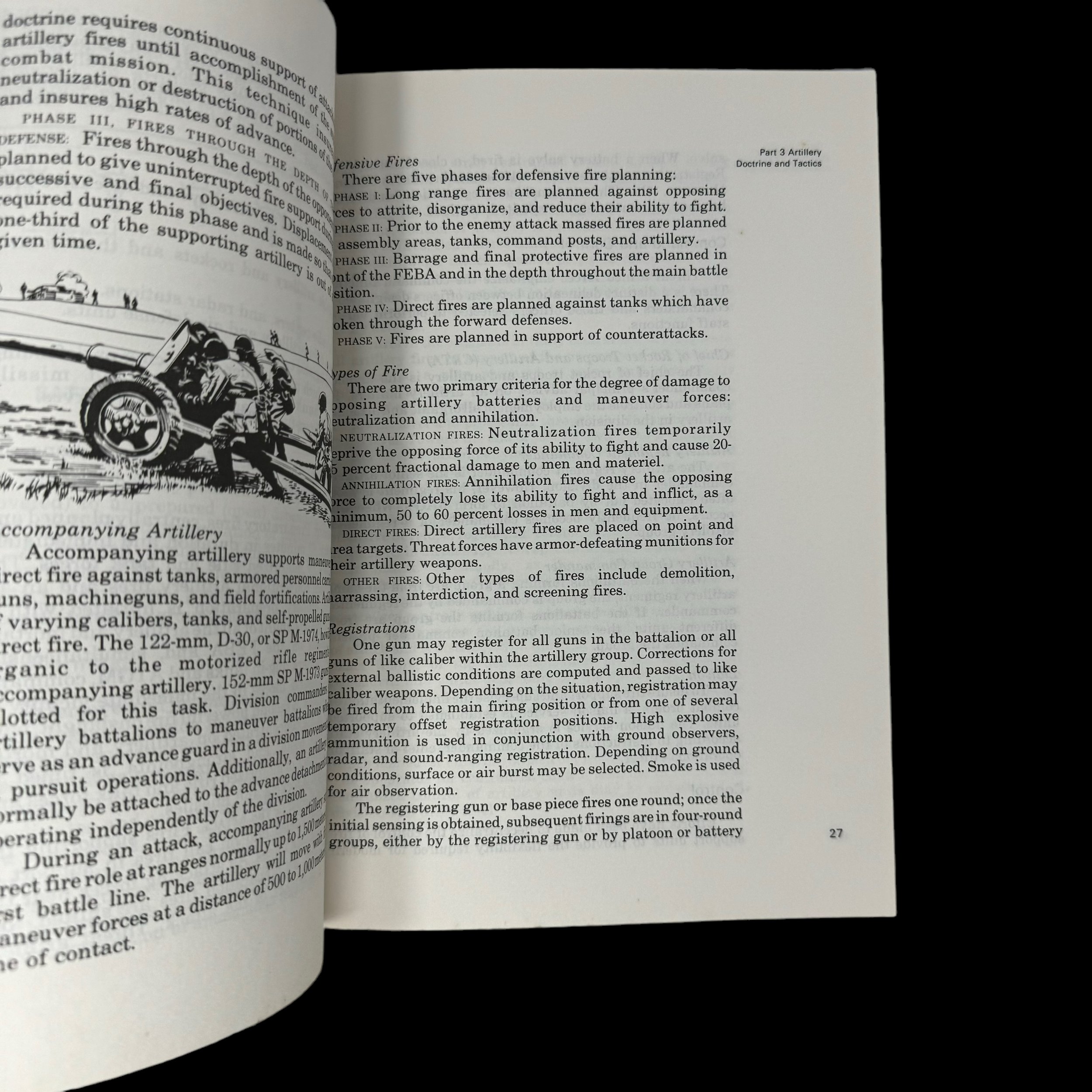

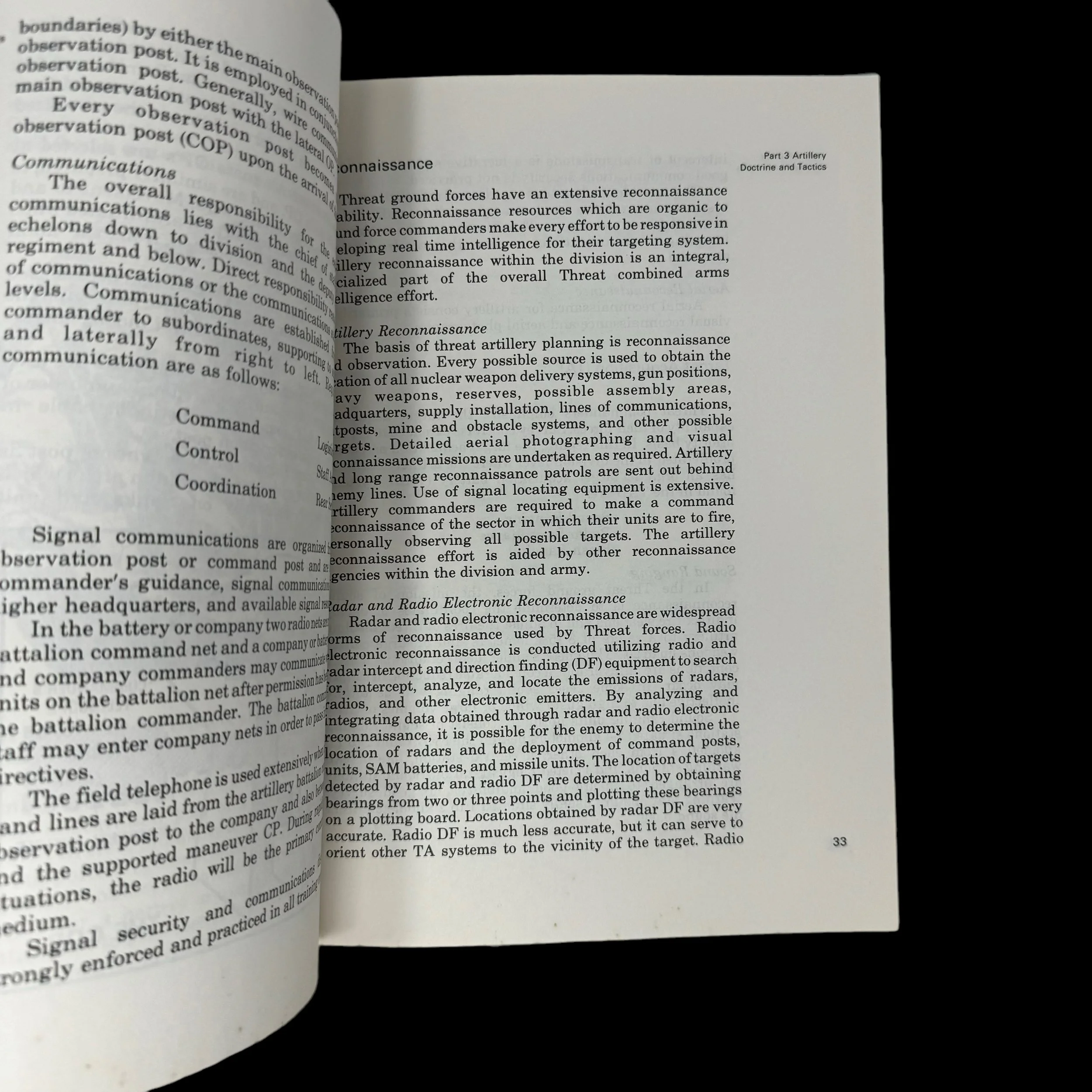
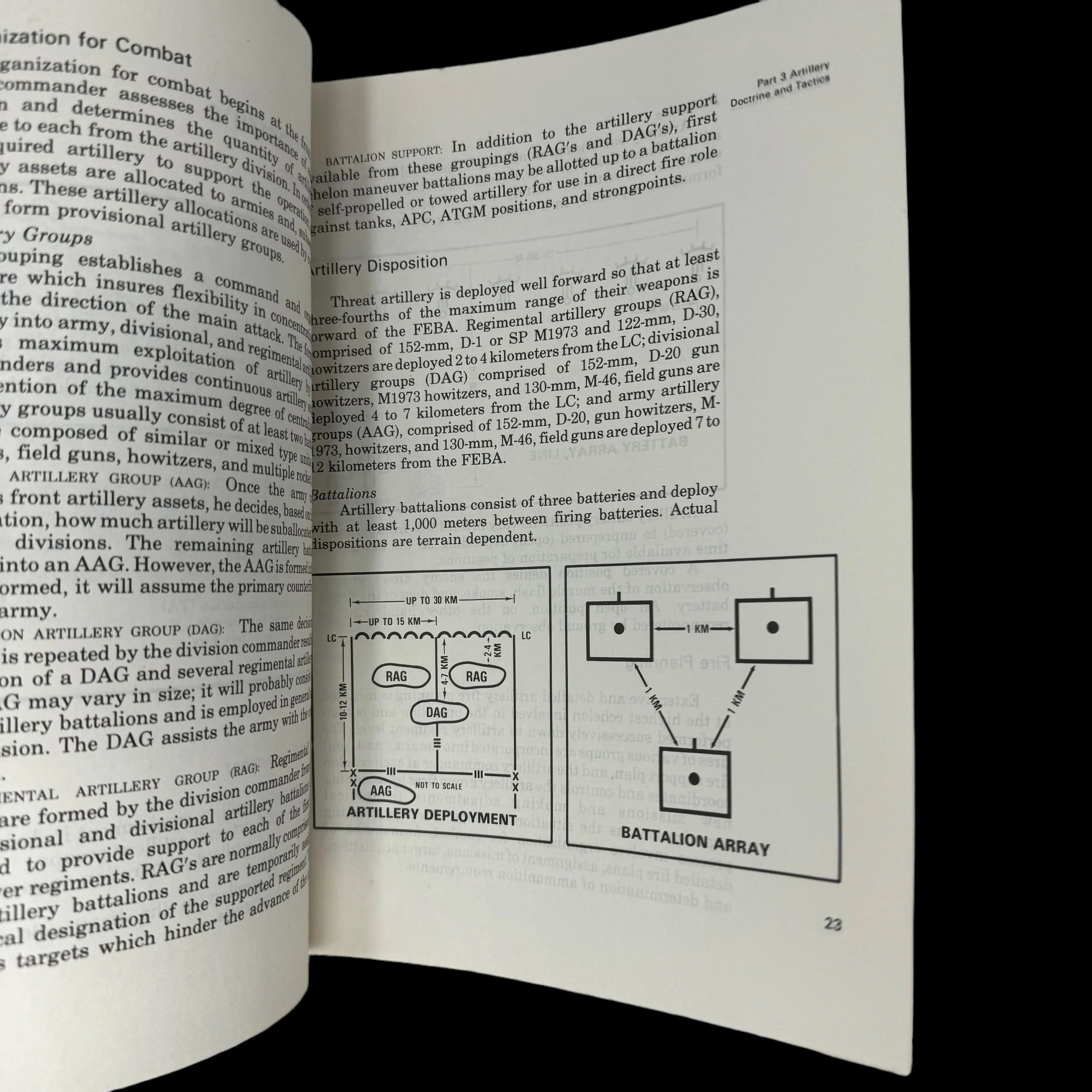
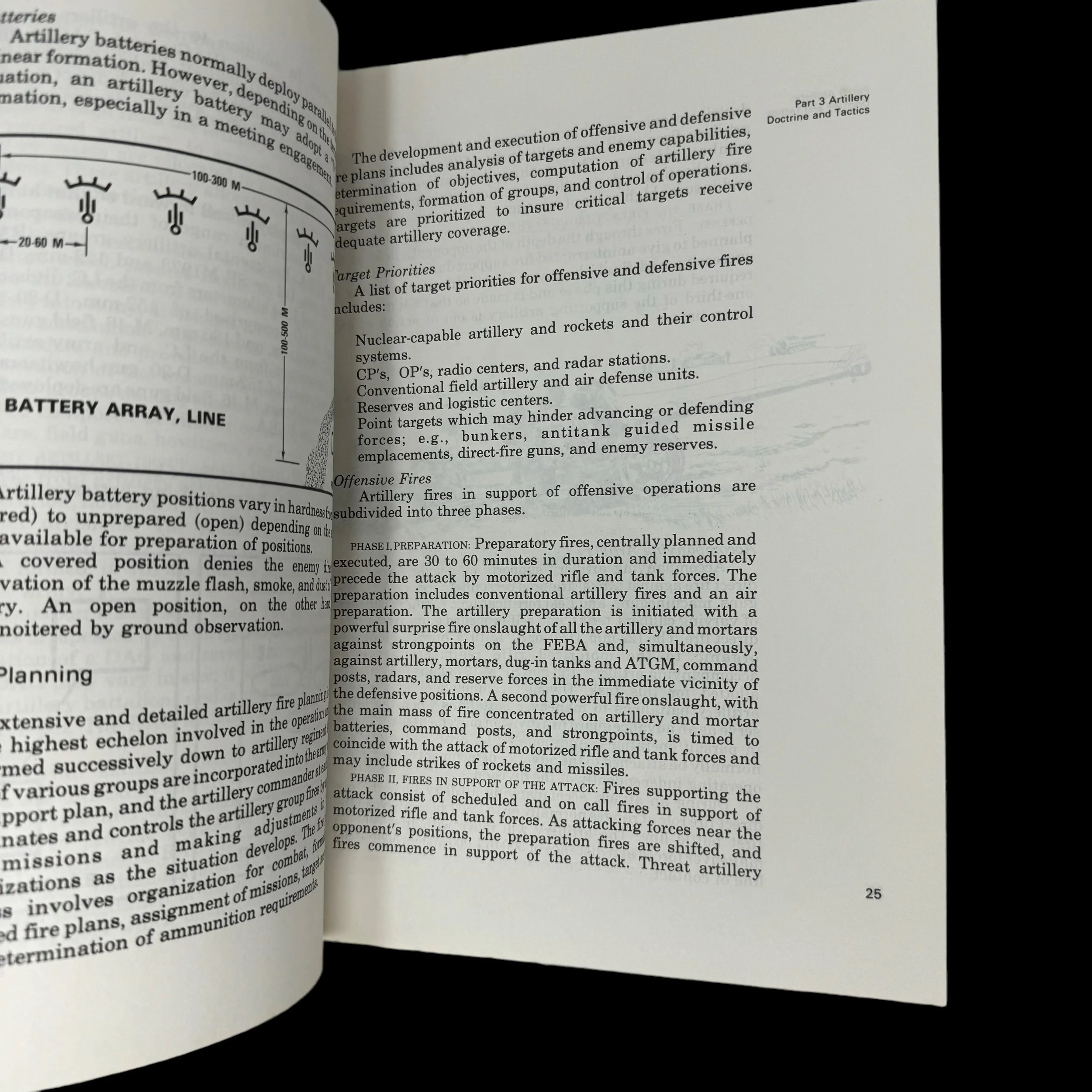

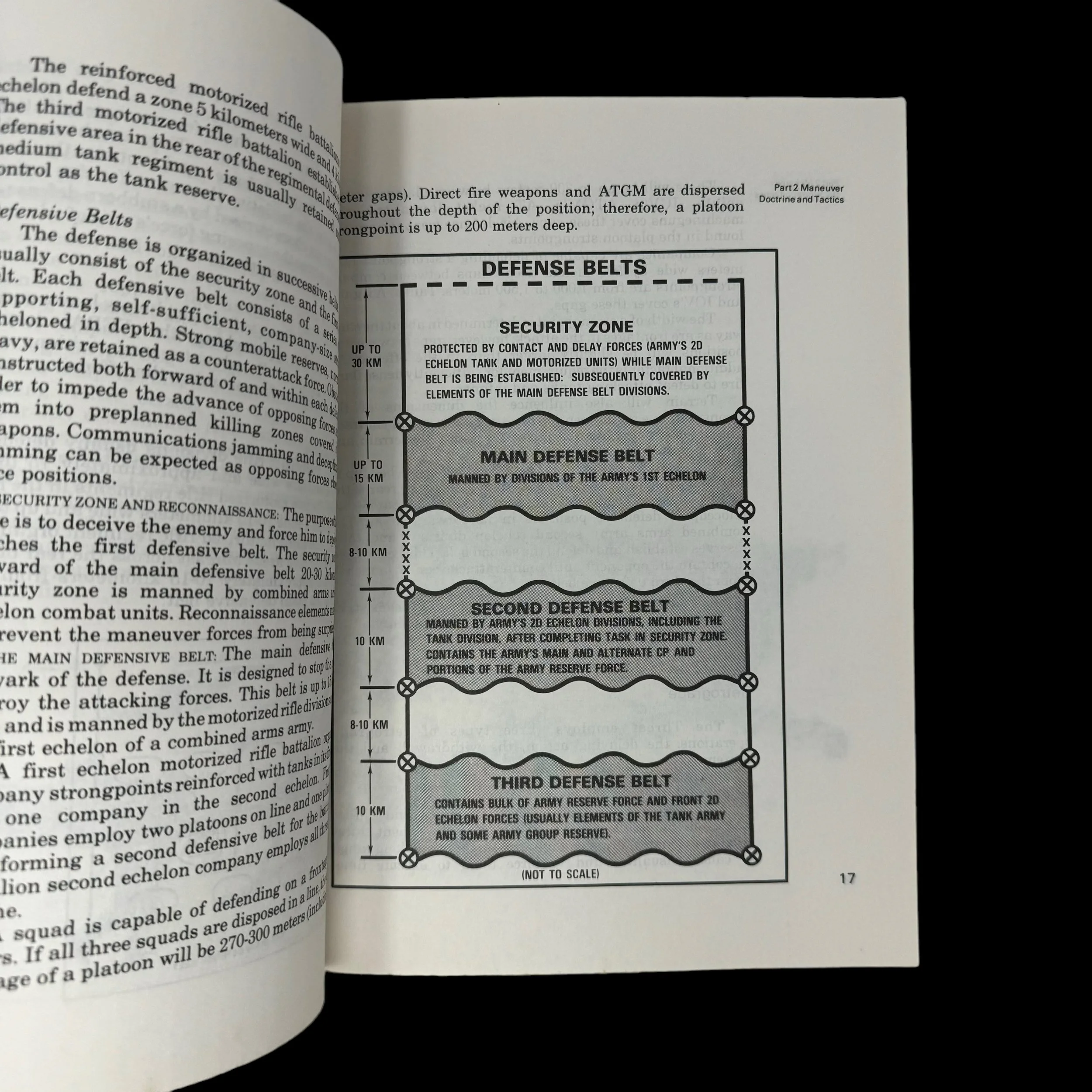
RARE! Cold War 1976 “HEADQUARTERS OF THE U.S. ARMY” Washington D.C. “The Threat - Organization, Tactics, and Equipment” Manual
Comes with C.O.A.
Total Pages: 70+
This rare and museum-grade artifact is an original 1976 “HEADQUARTERS OF THE U.S. ARMY” Washington D.C. Cold War manual. Titled “The Threat - Organization, Tactics, and Equipment” this Cold War manual is one of the most extensive Cold War reports produced by the U.S. Army as it details the threat of a growing enemy.
From 1953 to 1957 Cold War tensions relaxed somewhat, largely owing to the death of the longtime Soviet dictator Joseph Stalin in 1953; nevertheless, the standoff remained. A unified military organization among the Soviet-bloc countries, the Warsaw Pact, was formed in 1955; and West Germany was admitted into NATO that same year. Another intense stage of the Cold War was in 1958–62. The United States and the Soviet Union began developing intercontinental ballistic missiles, and in 1962 the Soviets began secretly installing missiles in Cuba that could be used to launch nuclear attacks on U.S. cities. This sparked the Cuban missile crisis (1962), a confrontation that brought the two superpowers to the brink of war before an agreement was reached to withdraw the missiles.
The Cuban missile crisis showed that neither the United States nor the Soviet Union were ready to use nuclear weapons for fear of the other’s retaliation (and thus of mutual atomic annihilation). The two superpowers soon signed the Nuclear Test-Ban Treaty of 1963, which banned aboveground nuclear weapons testing. But the crisis also hardened the Soviets’ determination never again to be humiliated by their military inferiority, and they began a buildup of both conventional and strategic forces that the United States was forced to match for the next 25 years.
Throughout the Cold War the United States and the Soviet Union avoided direct military confrontation in Europe and engaged in actual combat operations only to keep allies from defecting to the other side or to overthrow them after they had done so. Thus, the Soviet Union sent troops to preserve communist rule in East Germany (1953), Hungary (1956), Czechoslovakia (1968), and Afghanistan (1979). For its part, the United States helped overthrow a left-wing government in Guatemala (1954), supported an unsuccessful invasion of Cuba (1961), invaded the Dominican Republic (1965) and Grenada (1983), and undertook a long (1964–75) and unsuccessful effort to prevent communist North Vietnam from bringing South Vietnam under its rule (see Vietnam War).